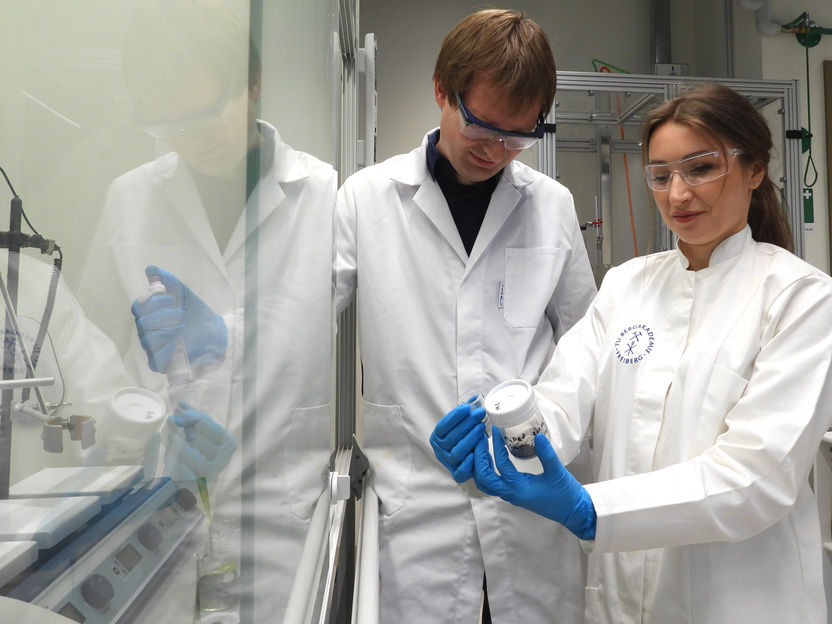Record-breaking efficiency achieved in all-organic solar cells!
While conventional solar panels generate problematic waste, all-carbon based solar cells promise an environmentally friendly alternative
As global efforts to combat climate change continue, demand for solar energy is growing. However, since the currently most used silicon-based solar panels comprise a variety of hazardous substances, their disposal or recycling cause environmental impact and require substantial cost. The same issue is applicable to next-generation film-type solar cells, such as perovskite-based solar cells, as they also contain potentially hazardous materials such as lead compounds and metal oxides. To avoid such problems in disposal and reveal environmentally friendly energy source, scientists have sought film-type solar cells composed entirely of carbon-based materials (all-organic solar cells). Without hazardous metals they can be safely incinerated like regular plastics, which will significantly reduce environmental impact and disposal costs. Despite these advantages, the all-organic solar cells at present achieve very low power conversion efficiency (PCE), approximately 4% at most, which is far below those of conventional silicon solar cells (>27%) and perovskite solar cells (>26%). Thus, intensive technological advancements for high performance all-organic solar cells have been expected.
Masahiro Nakano, Associate Professor from Institute of Science and Engineering, Faculty of Chemistry, Kanazawa University, has collaborated with scientists from REIKO Co., Ltd. (Junichi Iwai, President) and Queen's University at Kingston, Canada, and now successfully developed all-organic solar cells with the world’s highest efficiency. While the performance of previous all-organic solar cells was limited to about 4% PCE, the newly developed cells achieve more than twice efficiency than that of previous ones.
Two major problems had previously hindered the performance of all-organic solar cells. First, the availability of highly conductive organic transparent electrode materials suitable for film-type solar cells is limited. Some high-conductivity organic materials had been reported, but their preparation required strong acids, bases, or high temperature annealing (>150°C), which could damage organic substrate films and organic semiconducting layers. To overcome this, the research team developed a transparent electrode based on conductive polymer PEDOT:PSS. The PEDOT:PSS-based electrode can be fabricated at a lower temperature (80°C) without using acids or bases, and it demonstrates sufficient conductivity (sheet resistance: <70 Ω/sq.) for film-type solar cells.
The second problem is the difficulty in stacking multiple layers in the film-type solar cell device without damaging the underlying layers. In solution processes, the upper layer inks could make damages for the lower layers. To solve this problem, they developed "lamination method of carbon nanotube electrode." This technique involves forming electrodes separately on the barrier films of solar cells and then attaching them to the device, avoiding damages to the bottom organic films during electrode fabrication. By combining the new organic transparent electrode and fabrication method, the research team successfully developed all-organic solar cells with more than twice the power conversion efficiency (8.7%) of previous models (4.0%). This advancement represents a crucial step toward the practical application of high-performance all-organic solar cells.
Looking ahead, all-organic solar cells hold great promise for applications in environmentally sensitive areas, such as farmland and wearable devices. Their lightweight and flexible nature also allows for installation in locations where conventional solar panels would be impractical. The research team aims to further enhance performance by improving the conductivity of the organic electrodes.
Original publication
Keiju Hashida, Akihiro Konishi, Hiroyuki Itaya, Kenji Takahashi, Md. Shahiduzzaman, Makoto Karakawa, Tetsuya Taima, Tatsuya Arashitani, Kimio Kawai, Ryo Nishiyama, Kohshin Takahashi, Jean‐Michel Nunzi, Masahiro Nakano; "Unlocking High‐Performance in All‐Organic Solar Cells by the Development of Organic Electrodes with No Acid and High‐Temperature Treatment and the Effective Preparation Thereof on Organic Multilayer Films"; Advanced Functional Materials, 2025-2-7
Most read news
Original publication
Keiju Hashida, Akihiro Konishi, Hiroyuki Itaya, Kenji Takahashi, Md. Shahiduzzaman, Makoto Karakawa, Tetsuya Taima, Tatsuya Arashitani, Kimio Kawai, Ryo Nishiyama, Kohshin Takahashi, Jean‐Michel Nunzi, Masahiro Nakano; "Unlocking High‐Performance in All‐Organic Solar Cells by the Development of Organic Electrodes with No Acid and High‐Temperature Treatment and the Effective Preparation Thereof on Organic Multilayer Films"; Advanced Functional Materials, 2025-2-7
Organizations
Other news from the department science

Get the chemical industry in your inbox
By submitting this form you agree that LUMITOS AG will send you the newsletter(s) selected above by email. Your data will not be passed on to third parties. Your data will be stored and processed in accordance with our data protection regulations. LUMITOS may contact you by email for the purpose of advertising or market and opinion surveys. You can revoke your consent at any time without giving reasons to LUMITOS AG, Ernst-Augustin-Str. 2, 12489 Berlin, Germany or by e-mail at revoke@lumitos.com with effect for the future. In addition, each email contains a link to unsubscribe from the corresponding newsletter.
Most read news
More news from our other portals
Last viewed contents
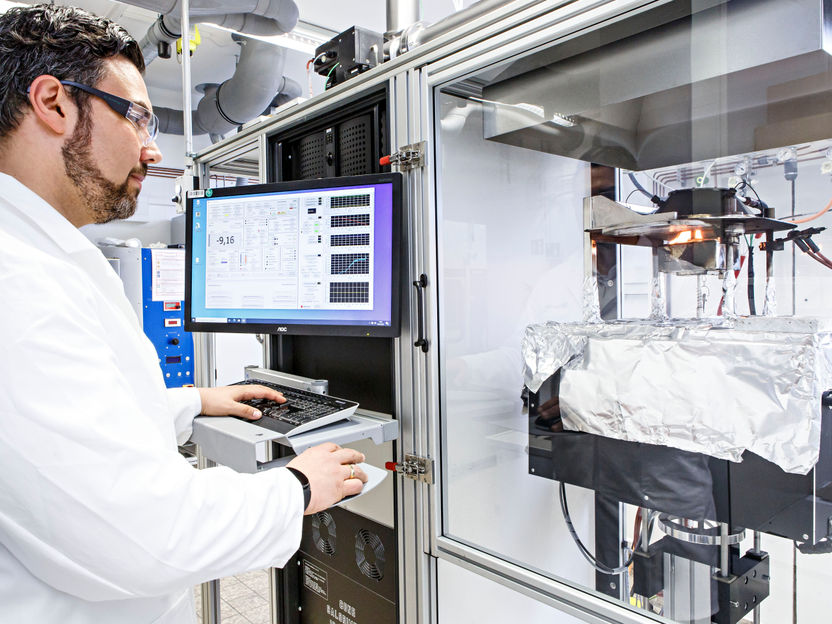
Sustainable plastics containing flame retardants for use in closed-loop applications - New ways for recycling quotas

H.C. Starck Tungsten receives millions in funding for battery recycling - Over 60 million euros for the recycling of battery black mass
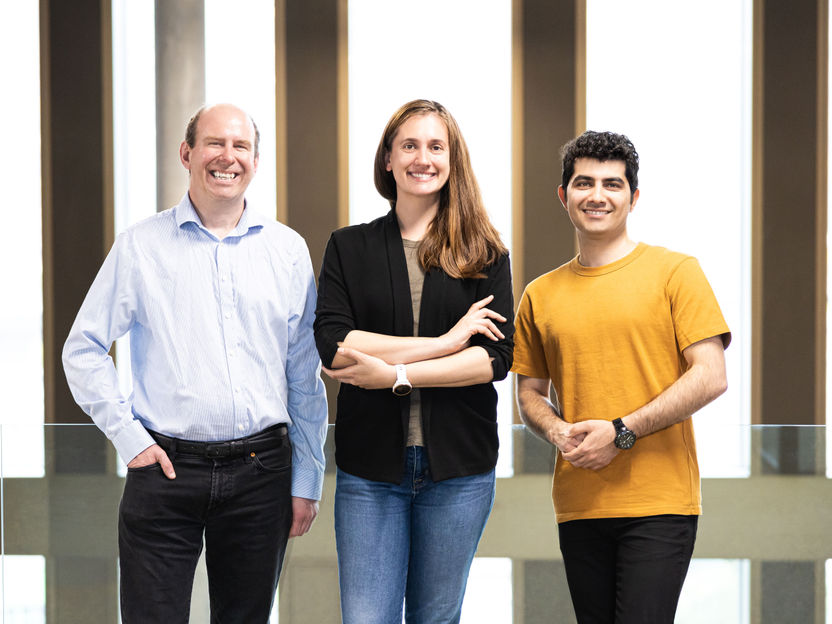
Swiss start-up gives yesterday's plastics a new purpose - DePoly to launch 500-tonne-per-year showcase plant, as it secures $23M

Sensor-Based Waste Sorting Reduces Number of Battery Fires in Recycling Plants
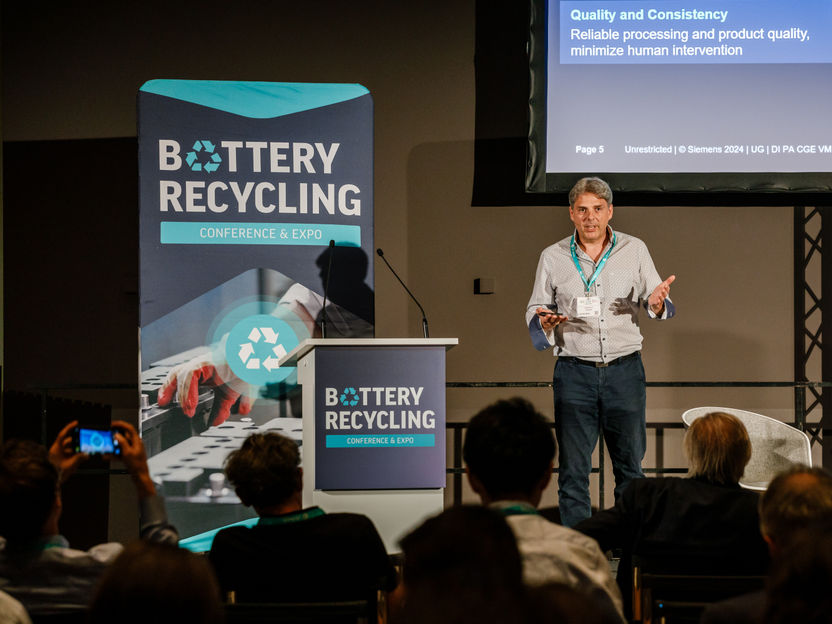
World Leading E-Waste, Battery, Metal, ITAD & Circular Electronics Conference Reveals 2025 Agenda
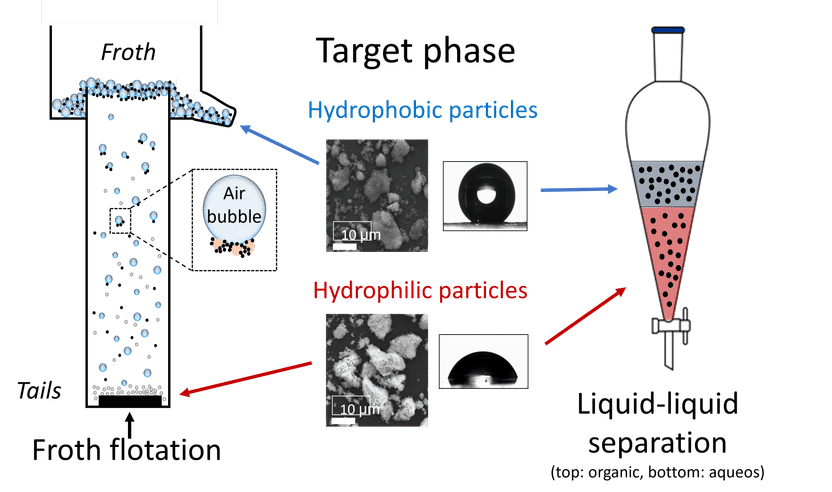
Critical raw materials from electrolysers back into the cycle - Researchers succeed in recycling functional materials for hydrogen production

Less than a month to go: E-Waste World, Battery Recycling, Metal Recycling, ITAD & Circular Electronics Conference & Expos 2025 enter final phase
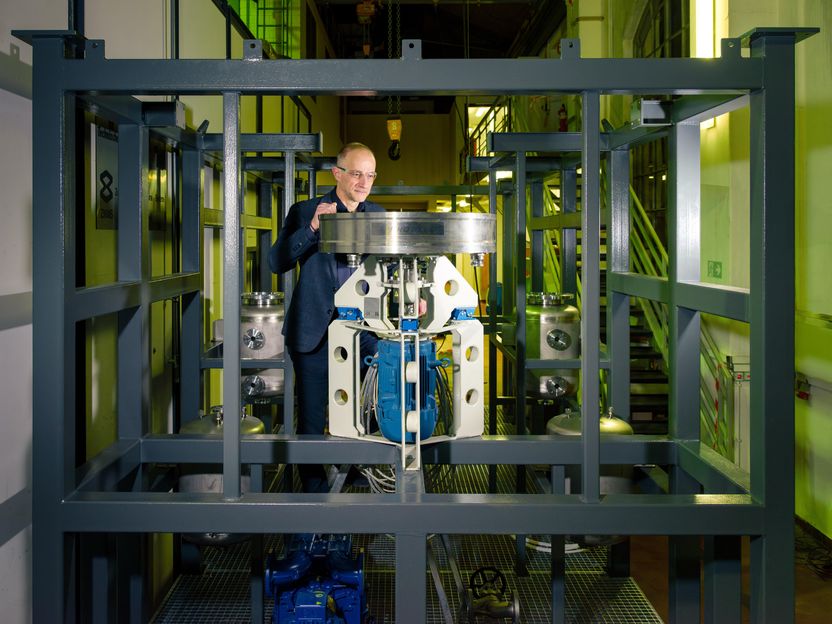
Climate protection in the spin cycle - Science and industry jointly test a new technology for CO2 capture in the cement industry

Milestone in diaper recycling: degrading cellulose in composite materials succeeded - Breakthrough with the help of enzymes
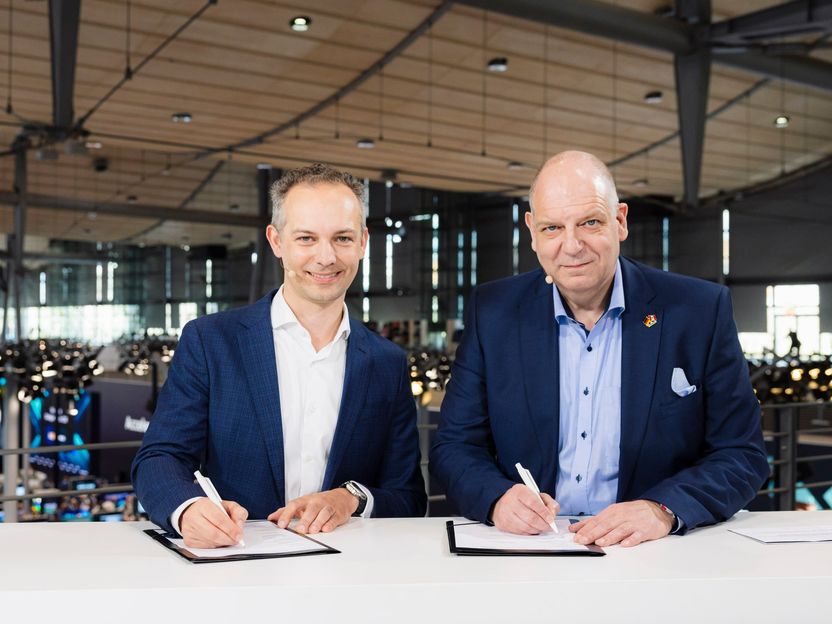
Siemens and TURN2X join forces to scale up green energy production - Partnership directly contributes to expanding the availability of green energy alternatives

Renewable Materials Conference 2025: Nominees for the Innovation Award Unveiled
